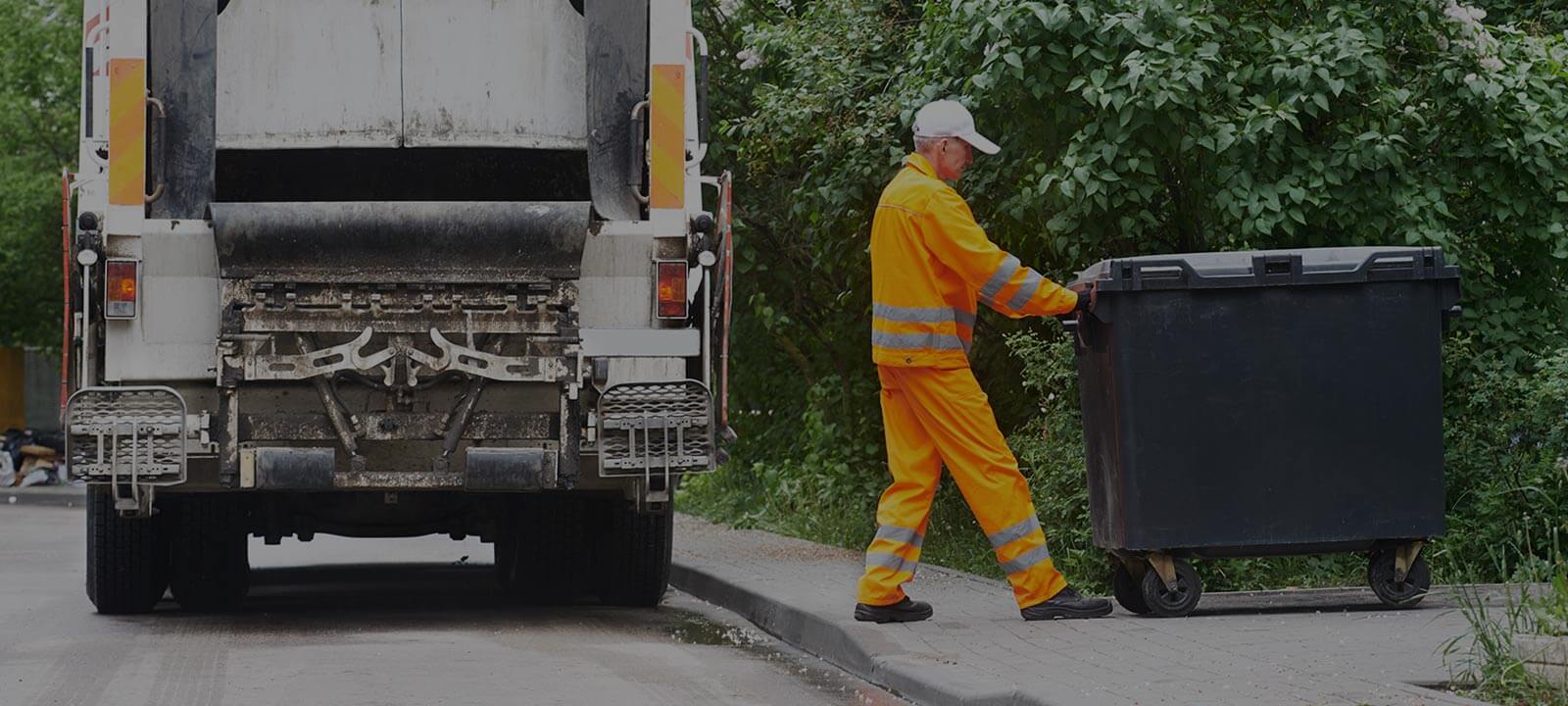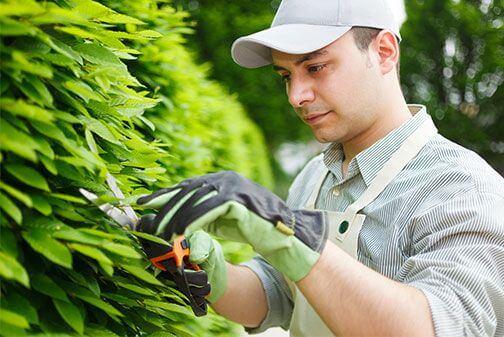Keeping Our Skies Safe and Clean: Prioritizing Space Debris Removal
Posted on 18/06/2025
In recent years, the issue of space debris has gained more attention as the amount of man-made objects orbiting our planet continues to increase. This debris poses a significant threat to not only astronauts and satellites, but also to the safety and sustainability of our planet. As the world becomes increasingly reliant on technology and space exploration, it is crucial that we prioritize removing this space debris to protect our skies and ensure a clean future for generations to come.
Space debris refers to any human-made object in Earth's orbit that no longer serves a purpose. This can include old satellites, rocket parts, and fragments from previous space missions. However, not all space debris is created equal. There are two types: large and small. Large debris, typically considered anything larger than 10 centimeters, can cause catastrophic damage if it collides with other objects in orbit. Small debris, or microdebris, may be less than 1 millimeter in size but still pose a threat as they can accumulate and cause damage over time.
The consequences of neglecting space debris removal are dire. With an estimated 900,000 pieces of debris larger than 1 centimeter floating around our planet, collisions are becoming increasingly common. In fact, just last year there was a near-miss between a defunct Russian satellite and a Chinese satellite. As more and more objects clutter our skies, the chances of these collisions increase, potentially leading to serious consequences such as spacecraft damage or even loss of life.
But it's not just about protecting our current satellites and spacecraft. The accumulation of space debris also poses a threat to future space missions. As more debris fills up our orbits, it becomes harder for new satellites to navigate through them safely. This could significantly hinder important technological advancements and scientific discoveries.
As governments and organizations around the world begin to take notice of this issue, efforts have been made to address it through various methods such as active removal or collision avoidance maneuvers. One of the most well-known efforts is the European Space Agency's (ESA) Clean Space initiative, which aims to reduce space debris through innovative technologies and sustainable practices.
Another essential aspect of addressing space debris is prevention. This includes responsible practices such as designing satellites with a plan for end-of-life disposal, launching them into lower orbits, and incorporating measures to prevent explosions or collisions in space. By taking these precautions, we can minimize the amount of debris created in the first place.
In addition to preventing and actively removing space debris, there are also efforts to track and monitor it through various means such as ground-based telescopes and radars. These tools help us understand the size, location, and trajectory of objects in orbit, allowing us to better predict potential collisions and take necessary precautions.

Challanges
However, despite these efforts, there are still challenges that must be addressed. For one, funding for space debris removal projects is limited. It can cost millions of dollars to remove just one piece of large debris from orbit, and with an estimated 128 million pieces of debris smaller than 1 centimeter, the cost can quickly add up.
There is also the issue of international cooperation. With multiple countries and organizations involved in space activities, there must be a unified effort to address this global problem. This will require open communication and collaboration between nations to implement effective solutions.

Conclusion
In conclusion, prioritizing space debris removal is crucial for keeping our skies safe and clean. It not only protects current and future spacecraft but also ensures the sustainability of our planet for future generations. Governments and organizations must continue to work together towards sustainable practices, active removal efforts, and tracking technology to address this pressing issue. As individuals, we can also do our part by advocating for responsible space practices and supporting initiatives that prioritize protecting our skies from harmful debris. Together, we can create a safer and cleaner future in space.






